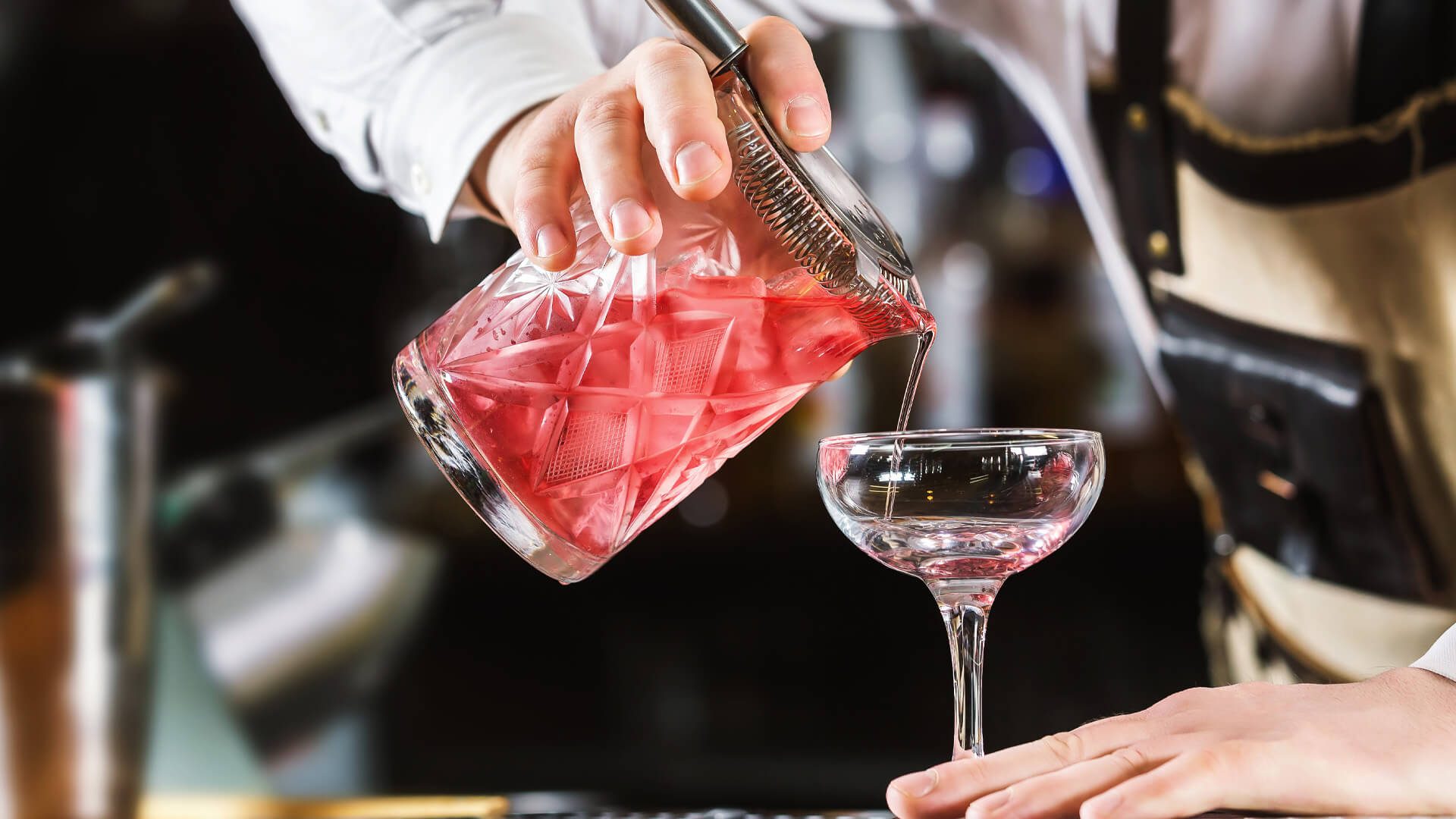In the food, beverage and hospitality industries, compelling visuals are everything. That’s why Veo 3—Google’s AI generation tool capable of producing photorealistic, cinematic 1080p video from a simple text prompt—has grabbed marketers’ attention. It’s fast, flexible and wildly impressive. But before tossing aside production calendars and camera gear, brands need to ask a critical question: What does this really mean for us?
Veo 3 brings enormous potential, but also significant challenges. It’s time to explore both sides of this innovation to see how marketers can use its capabilities strategically, responsibly and effectively.
Why Veo 3 Is Worth Watching for Marketers
- High-Quality Content at Lower Cost: Visual storytelling is everything in the food, beverage and travel spaces. From moody cocktail pours to sun-drenched hotel views, compelling visuals make a big difference. Veo 3 allows for quick creation of cinematic-style video without the logistical headaches or six-figure budgets. That means more content, faster—and potentially, more room to experiment.
Additionally, unlike many other video generation tools, Veo 3 supports dialogue, ambient sound and background music, making it a more complete solution for immersive storytelling.
- Hyper-Personalization at Scale: Personalization increases marketing ROI by 5–8 times and boosts sales by more than 10%, according to McKinsey. With AI-driven video, brands can enhance their relevance to diverse audiences quickly and efficiently, achieving more impactful campaigns.
Imagine launching a campaign with region-specific or audience-specific variations. One video targets Gen Z vegan diners in Austin. Another appeals to busy moms looking for indulgent indulgences in Chicago. With Veo 3, this level of personalization no longer takes months of post-production.
- Creative Concepting Playground: For creatives and strategists, Veo 3 can be the ultimate idea generator. Need a dynamic storyboard, animated prototype, or mood film to sell a bold concept? Veo 3 can produce high-quality visuals to bring your vision to life, inspiring stakeholders and team members alike.
The Risks Marketers Shouldn’t Ignore
Veo 3 isn’t just a creative toy. This tool—and other AI systems out there—could expose brands to serious issues, from legal complications to damaging consumer trust. Marketers need to be mindful of these challenges.
- Legal Gray Zones: Who owns the content created by AI? If your brand uses Veo to generate footage that resembles a real location or person, what rights are you infringing, if any Current U.S. copyright laws are unclear regarding AI-generated assets, and the lack of established legal frameworks adds unnecessary risk.
While Google will likely clarify usage rights over time, any use of AI-generated content today should involve legal review and risk mitigation, especially in regulated categories like alcohol or health.
- Authenticity Concerns: Consumers crave what’s real—especially in food and hospitality. If your ad showcases a dish that doesn’t exist or a room that’s only “AI-inspired,” you’re entering dicey territory. At best, it’s misleading. At worst, it’s a breach of trust. Transparency and accuracy must remain at the core of content strategy, no matter the tool.
- Brand Voice Dilution: Fast content isn’t always smart or effective content. AI can create visually stunning video, but without human input and strong brand guardrails, it could lack the emotional resonance or distinctiveness your brand stands for. Brands that lack strategic clarity risk falling into a sea of sameness—where every video looks slick, but says nothing.
This is the “Clarity Gap”: the disconnect between what brands want to say and what consumers truly take away. AI won’t close this gap for you. Only a solid, human-led strategy can ensure that your messaging remains on point.
Proceed with Purpose
Google’s Veo 3 represents an exciting leap forward in content creation, but it isn’t a cure-all solution. Brands that truly leverage AI well will understand that AI might be able to generate motion—but it can’t create meaning.
The key takeaways:
- Use AI to augment creative, not replace it
- Ground all output in clear strategy and positioning
- Establish strong legal and ethical guardrails for content use
- Stay human where it matters most: in storytelling, emotion and trust
At Marriner, we’re constantly exploring how tools like Veo can fit into campaign and creative development without compromising strategic clarity, authenticity or emotional resonance that great brands are built on. We’re here to help you stand out with content that’s brand-right and built to last—AI-enhanced or otherwise. Reach out to David Melnick if you’re ready to explore the next evolution of brand storytelling.
Sources:
- https://www.mckinsey.com/capabilities/growth-marketing-and-sales/our-insights/personalizing-at-scale
